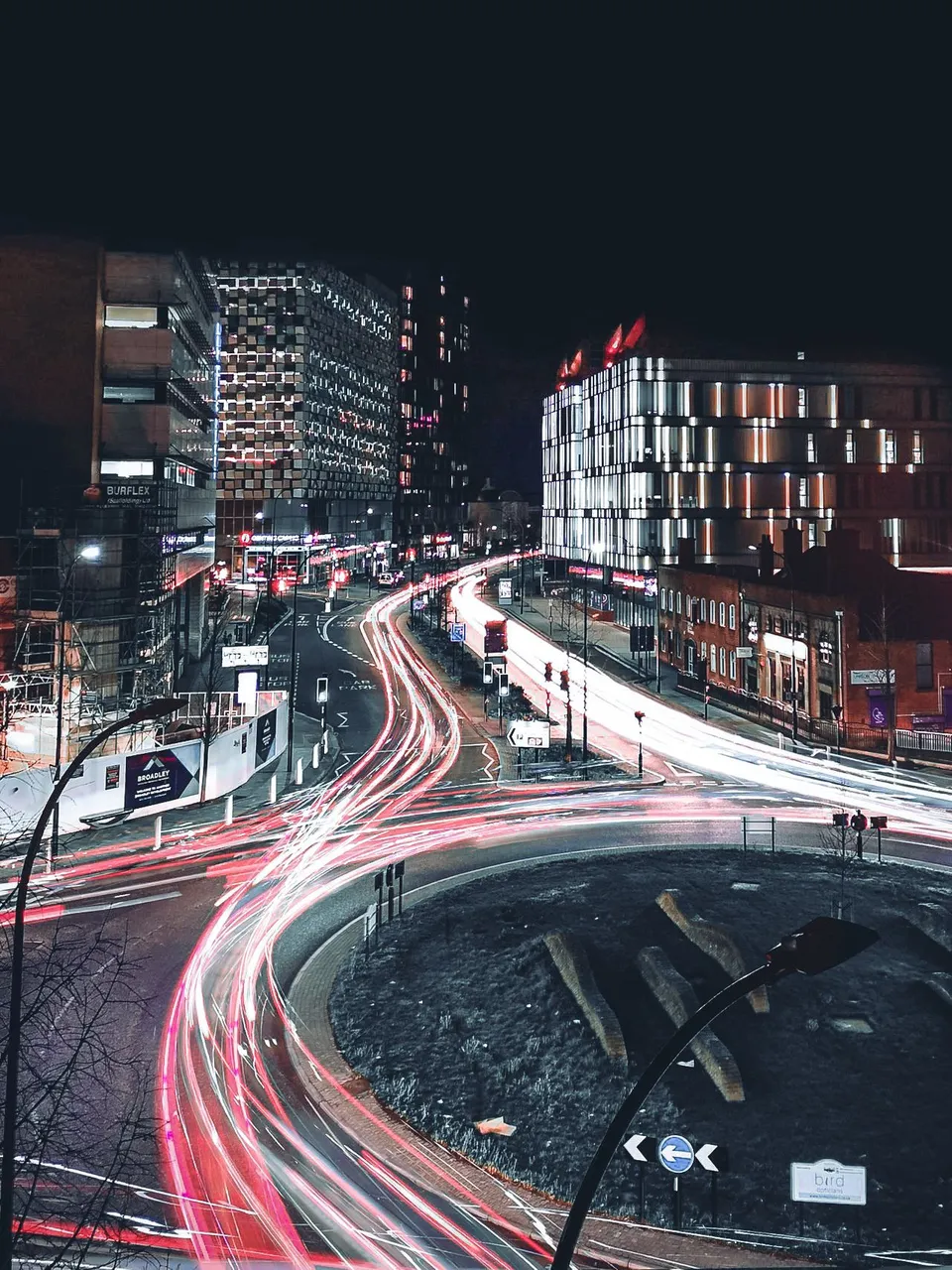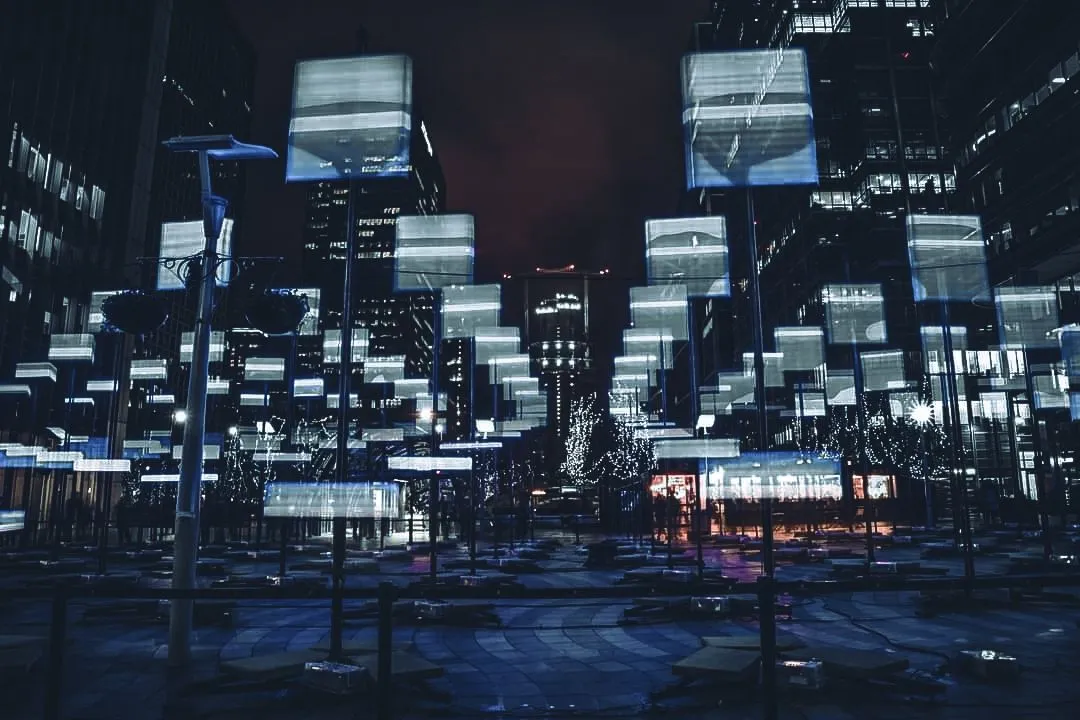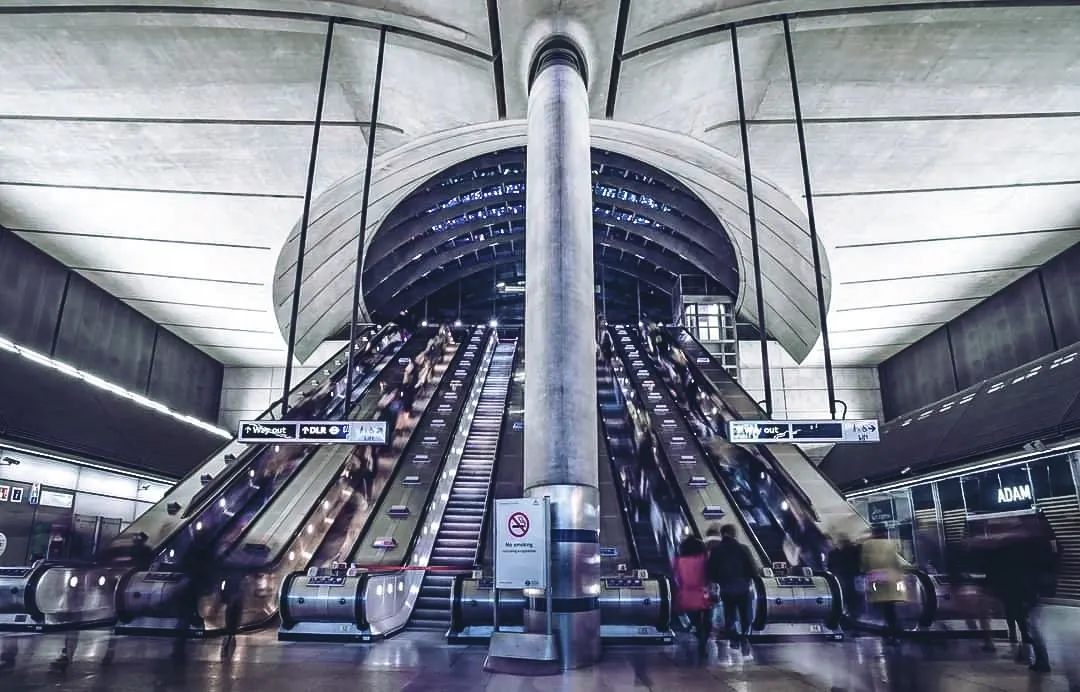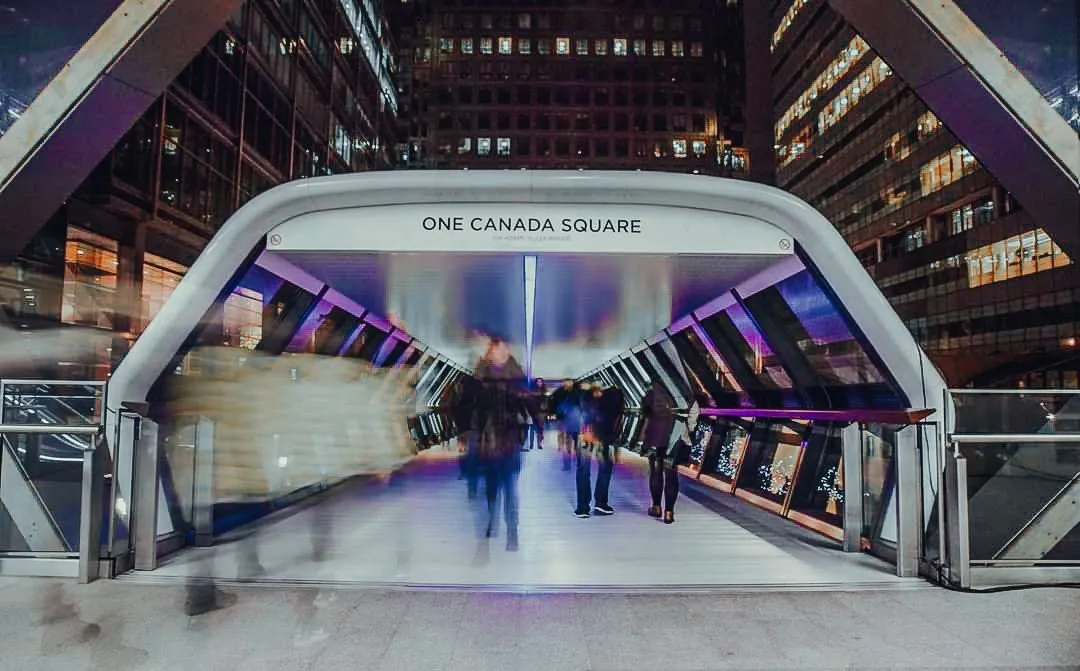When its the middle of summer in the UK seems to be when I get the hankering to go and shoot stars or light trails or some nightscape city shots. I remember previous years where I've stopped up till the early hours shooting star trails.



I think the nice thing about night photography though is that it does make what can sometimes look bland and lifeless, much more interesting, sometimes depending on the subject even a little magical. Although photography in the dark certainly has its challenges; I've been ankle deep in water in dank tunnels at 10pm before now, in some ways, it is actually easier than photography during the day.


While I'm no expert, here are a couple of tips you will need..
Equipment.. A camera that has a bulb mode or that can at least take exposures of more than a couple of seconds.
A Tripod. Because there is less light at night you are more likely to take longer exposures so you need to be able to have the camera in a steady and fixed position.
A Camera release - Again due to long eposures, you don't want to have any movement on the camera so its best not to touch the camera if at all possible. I have had a couple of wireless remotes in the past but I have to admit that personally I prefer a wired remote.
Additional extras include a flashlight to see where you're going or to fill in the odd area of light in the shot.
A lens hood to reduce lens flare, and extra batteries. Night often means its colder so the batteries do run down quicker than normal.


Taking the exposure.. ISO, Aperture, and Shutter Speed.
Since I've been lightpainting I had set settings that I would use as a starting point and then would adjust from there.
I would set my ISO to 100, to produce darker shots so the light would appear brighter or stronger.
Aperture f5.6. this seemed to be a middle ground for standard light shots. If using wire wool I would reduce to f13, or stars f2.8, so f5.6 was a good middle ground to strt and then adjust accordingly.
Shutter speed - Bulb mode. I guess this is personal preference again with lightpainting and needing more time to walk around shots, move props etc. This is also useful for light trails when you're not sure if the light is going to be constant or on more infrequent. But for a cityscape shot, I would reduce to 5 seconds and then adjust from there.
Thats my starting tips anyway for anyone new to night time photography, I hope its can be useful for someone.
As a photographer I try to mix what I do in my shots, I've done still life, some macro work, lightpainting and I enjoy a good model shoot. If you'd like to check out any of my other work I'm on Facebook, or you can find me on Instagram under neilru75
Thanks very much for looking
Kind Regards, Neil
